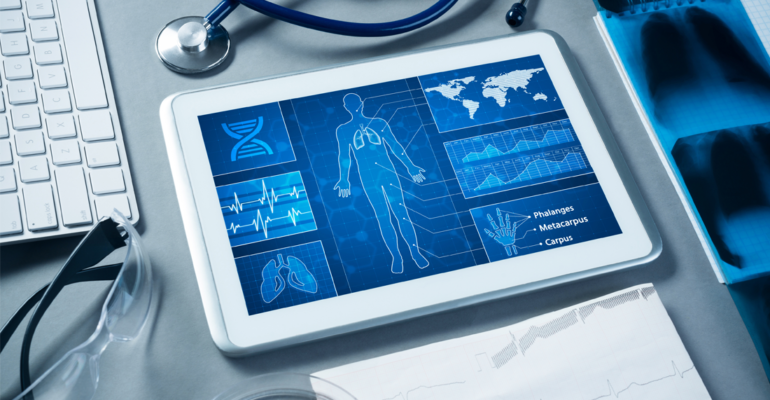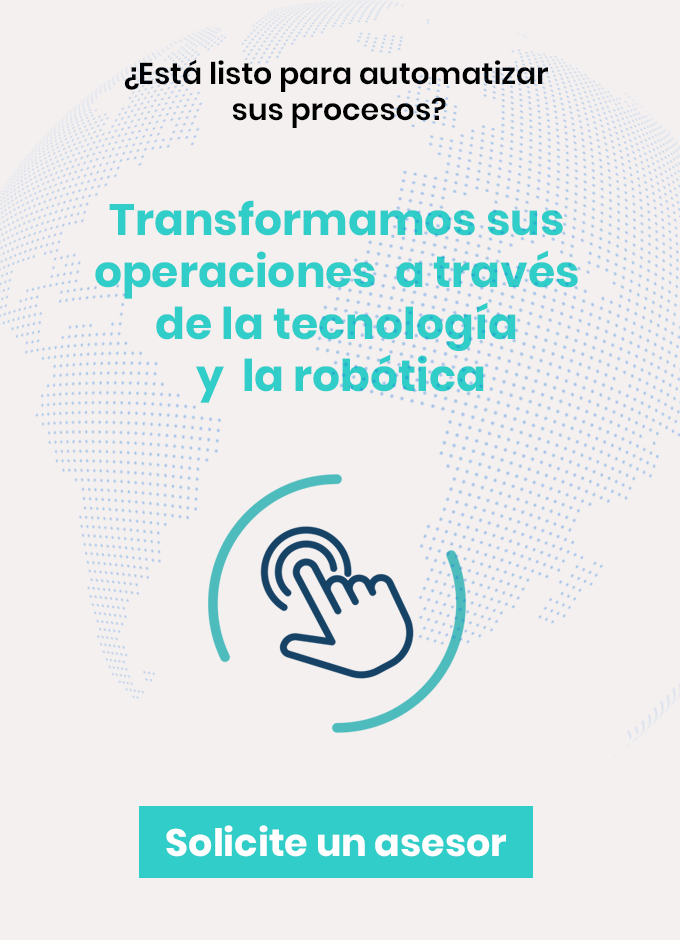HealthCare: 5 changes technology has made in the healthcare industry

HealthCare: 5 changes technology has made in the healthcare industry
Technology has brought about a massive and welcome change in the healthcare industry. Patients now have access to some of the best diagnostic tools, cutting-edge treatments, and a range of minimally invasive procedures that result in less pain and faster healing.
The availability of new treatment and care technologies leading to better outcomes has improved patients’ quality of life.
Remote consultations with specialists, targeted treatments, and the availability of intuitive mobile applications have led to better patient care and an overall superior healthcare experience.
Here are 5 aspects that explain how technology has changed the healthcare industry:
Enhanced and Automated Patient Care
Digitalization of Health Records
Bulky paper records are slowly giving way to streamlined digital records that are securely uploaded to the cloud and made accessible remotely to patients and healthcare professionals.
With this, data storage, management, and transmission become easy and fast. Support for clinical decisions is made available to professionals and patients, making it possible to make better, more informed medical decisions. The digitization of health records also facilitates efficiency and healthcare delivery in remote or inaccessible locations. This digitization has the potential to streamline processes, improve patient outcomes, and reduce costs.
Mobile App Technology in Healthcare
Patients not only have access to quick and accurate medical information using their portable devices but can also use apps to track medical appointments and receive medication reminders. Health and fitness apps help individuals become healthier by tracking their food intake and activity levels and offering personalized solutions.
These apps can also assist doctors in high-stress jobs by reducing the time spent on paperwork, record-keeping, and other routine tasks. Mobile apps provide access to medication information to help prevent side effects and interactions, address issues, and improve diagnosis. Doctors can communicate directly with their patients, accurately record their vital signs, maintain visit and consultation records, and achieve greater procedural efficiency.
Electronic Health Records
Electronic health records or electronic medical records (EHRs) consist of digital summaries of a patient’s medical records. They may include diagnoses, laboratory reports, and details about hospital stays, surgeries, and prescriptions. They offer an overview of the patient’s health, enabling more accurate diagnosis and better patient care.
These electronic records facilitate easy information exchange and collaboration between laboratories and specialists without the time and resource expense of physical transmission. EHRs provide healthcare professionals with information about patients’ allergies and intolerances and anything else that may be relevant—particularly important if the patient is unconscious.
When properly maintained and implemented, EHR protocols can also help increase accountability and reduce negligence. Electronic records are easier and less time-consuming to create and maintain. They make life easier for medical accountants and reduce the likelihood of errors.
Telemedicine / Telehealth
Telemedicine takes healthcare digitalization to its next logical step; allowing patients to virtually consult with specialists from anywhere in the world. This is a technology applied to the healthcare system to overcome distance barriers and facilitate critical care in emergency situations; potentially saving lives.
Telemedicine has made it possible for patients to use telemedical devices to receive care and support at home through various applications and video telephony. In telemedicine, the function of storing and forwarding helps transmit biological signals, medical images, and other data to a specialist to facilitate asynchronous consultations (which do not require both parties to remain present or online simultaneously). This can significantly reduce waiting times for patients and expedite treatment delivery processes.
Telemedicine facilitates remote patient monitoring by healthcare professionals. This can help manage chronic conditions effectively and economically with the help of various applications and devices. Additionally, interactive real-time services make it possible for patients to electronically consult with healthcare providers. This is essentially a video conference that aids in diagnosis, management, counseling, and patient monitoring.
Technological developments are better adopted in healthcare fields in some parts of the world than in others. Developed nations have been able to leverage technology more efficiently to improve patient care; however, developing nations are quickly catching up.
Healthcare providers who have not yet adopted the tools that technology provides are realizing their vast untapped potential and are making the necessary changes and investments to streamline processes, reduce costs, increase efficiency, and most importantly, improve the quality of patient care.


